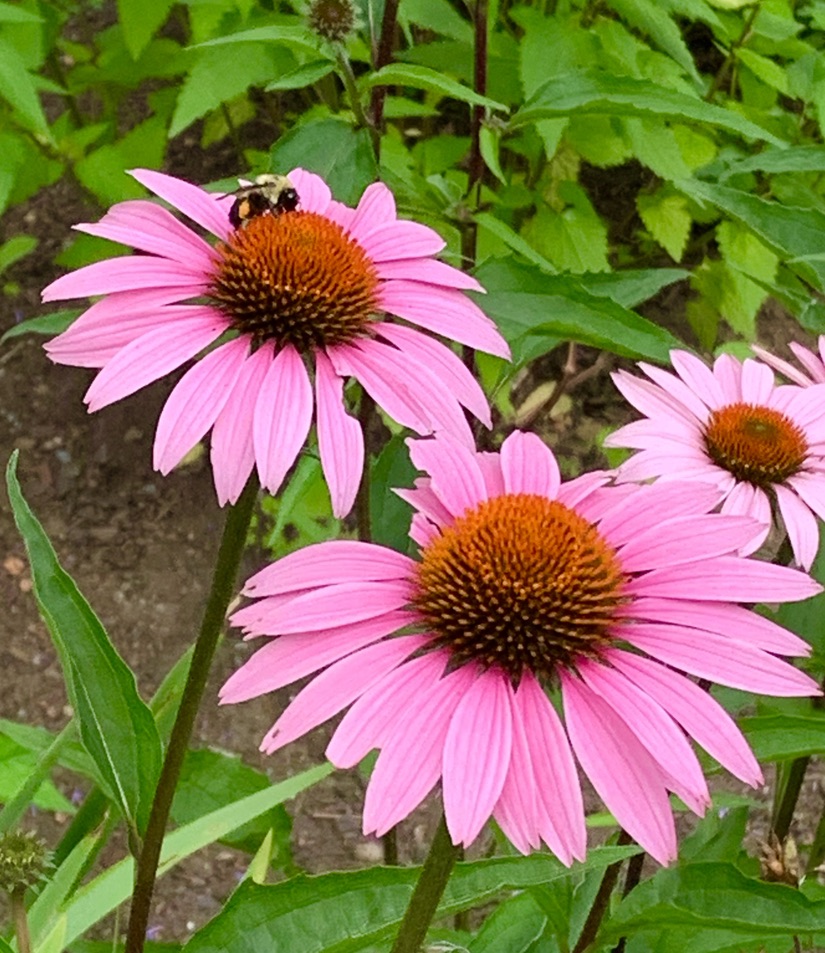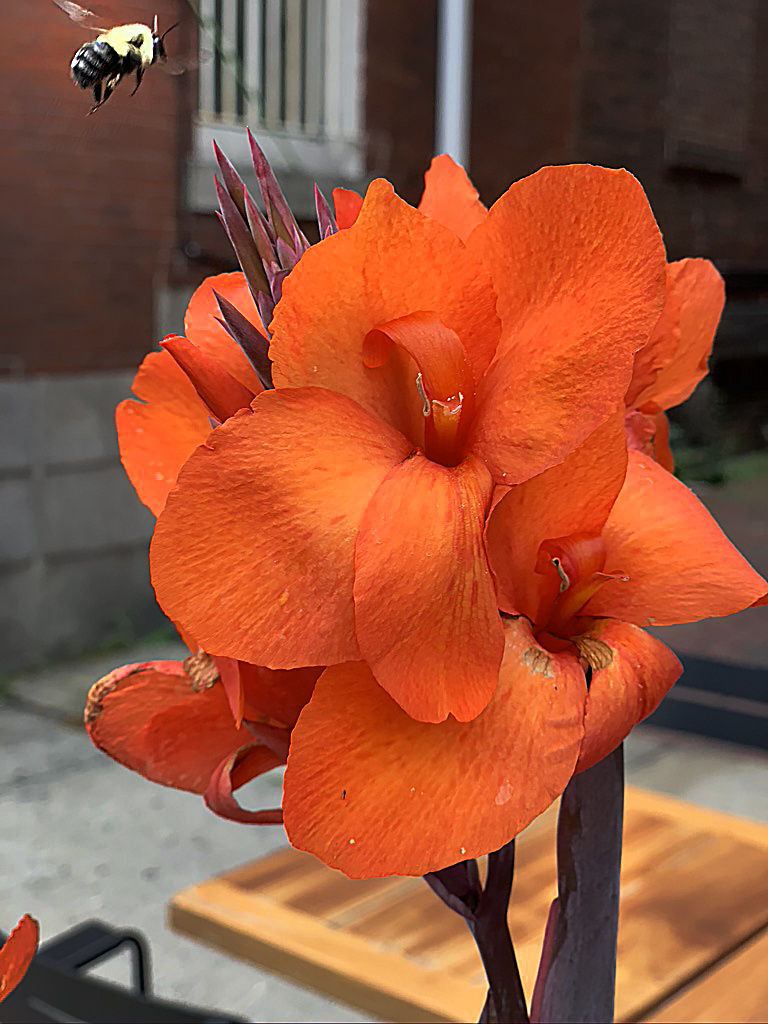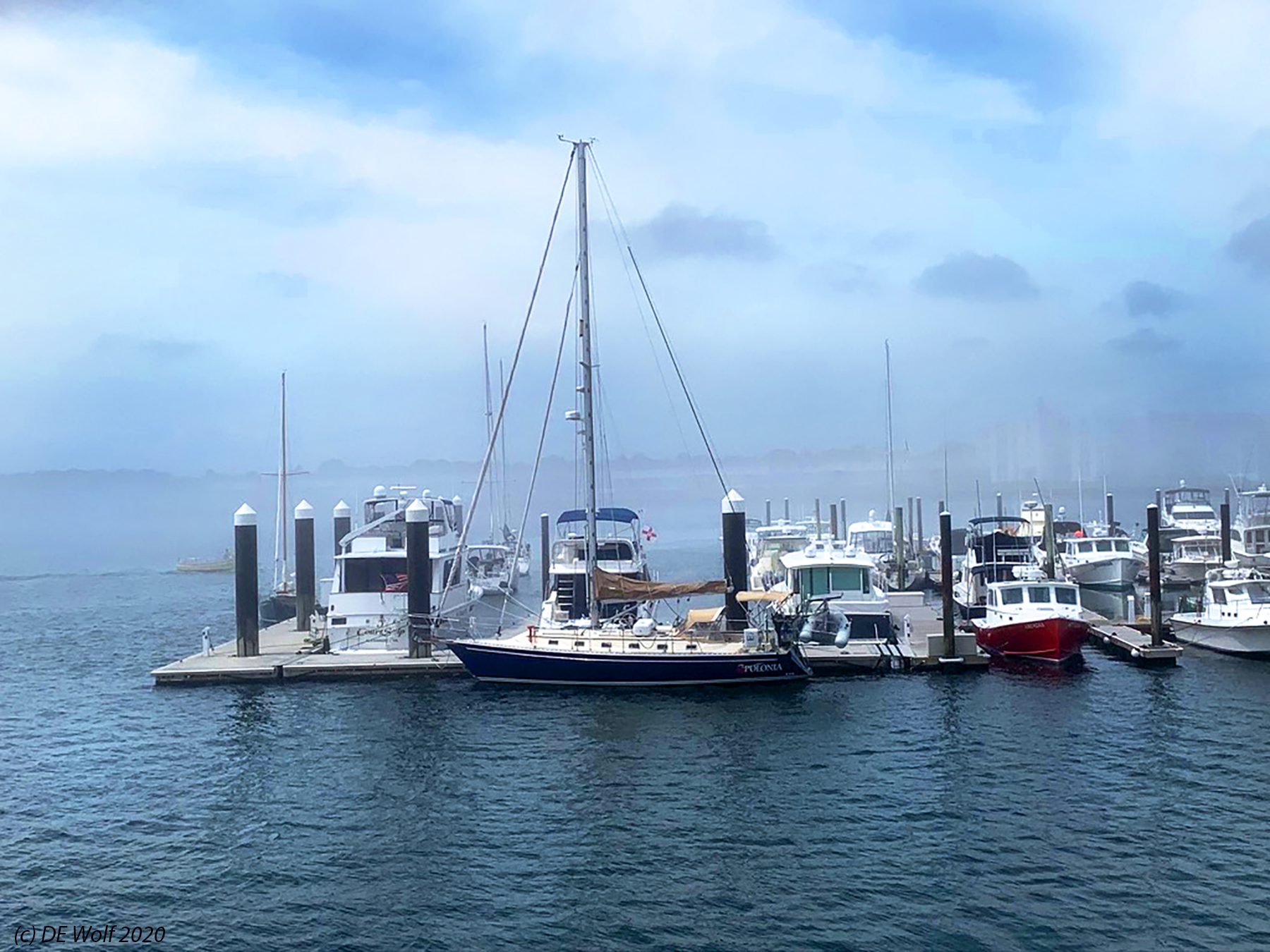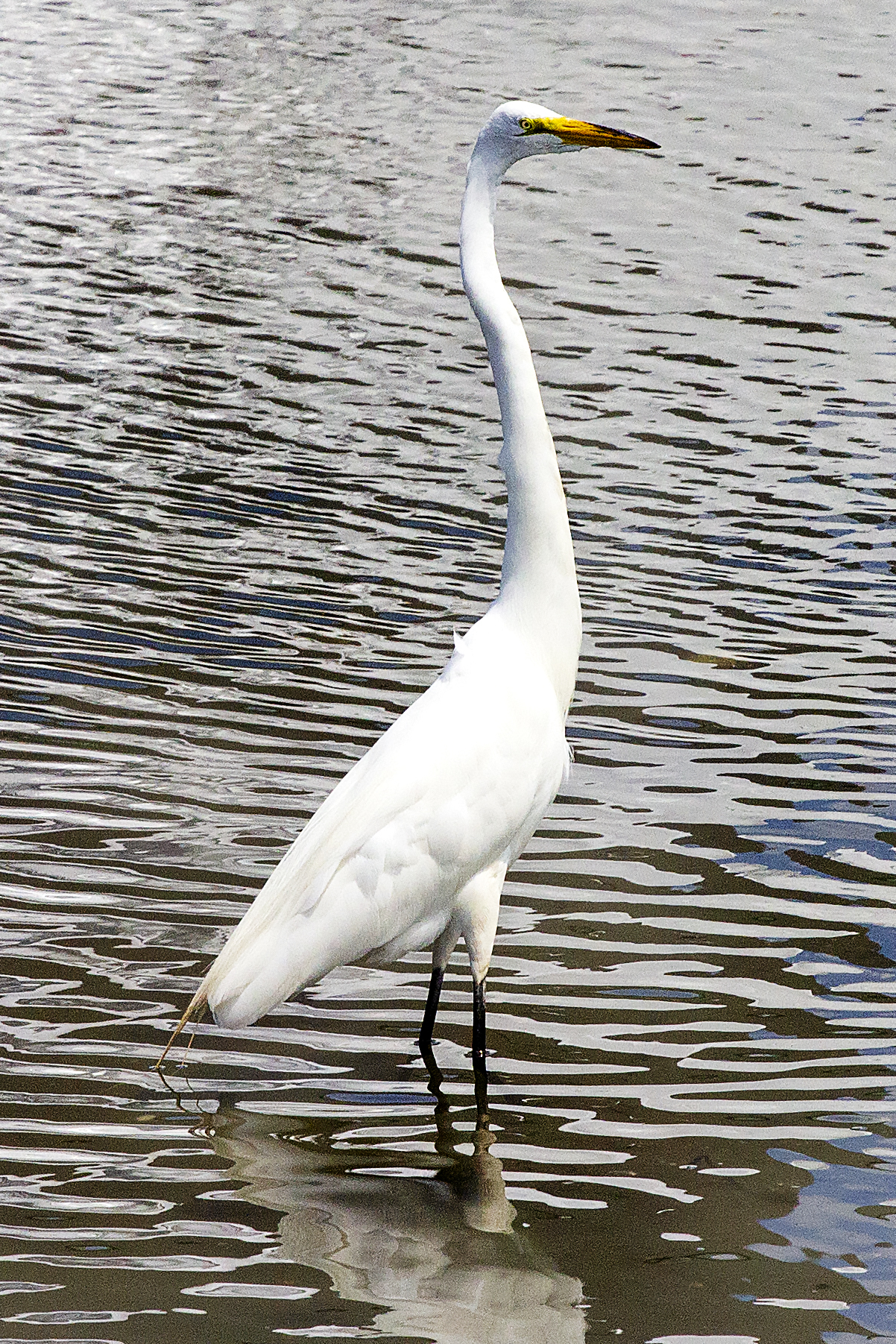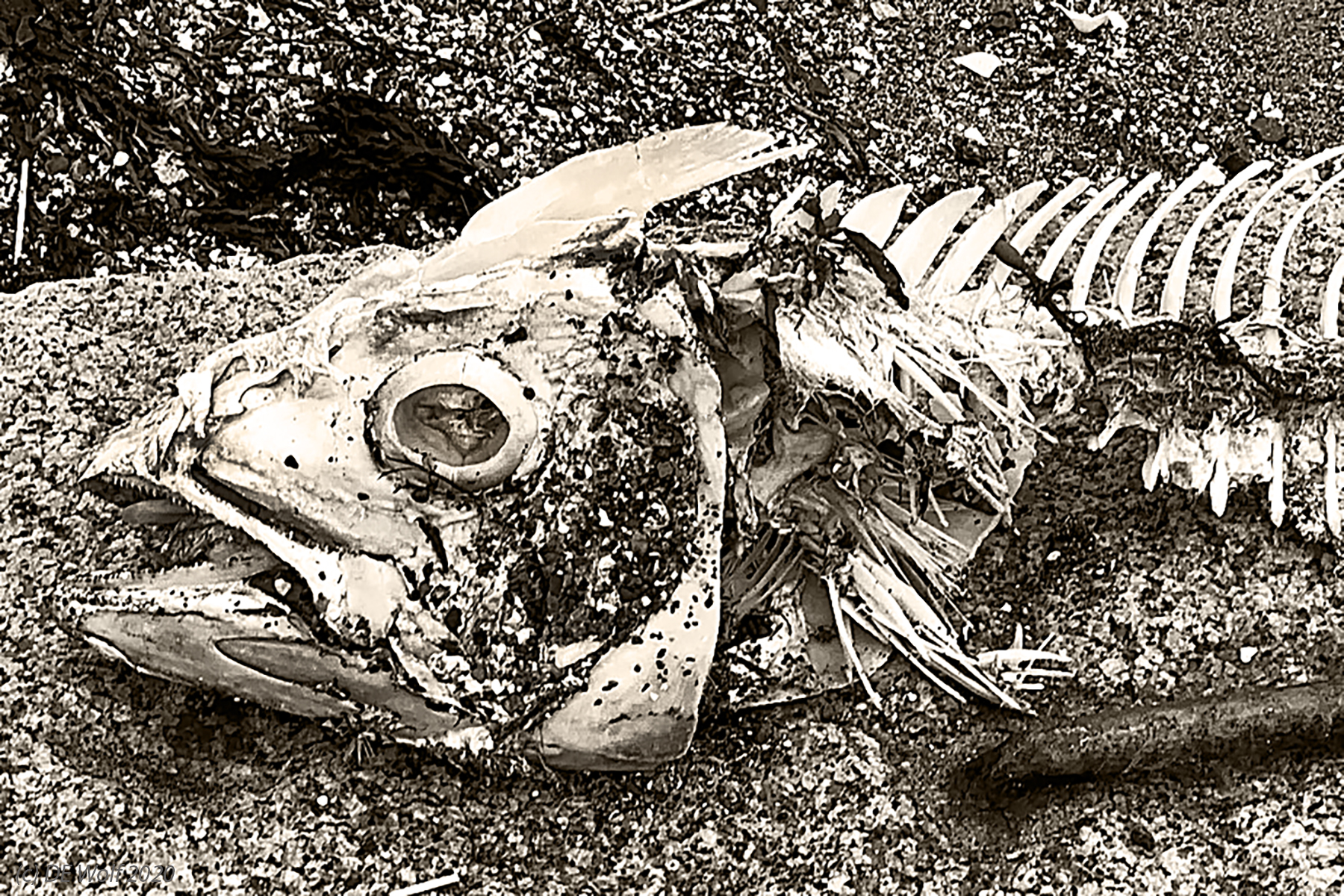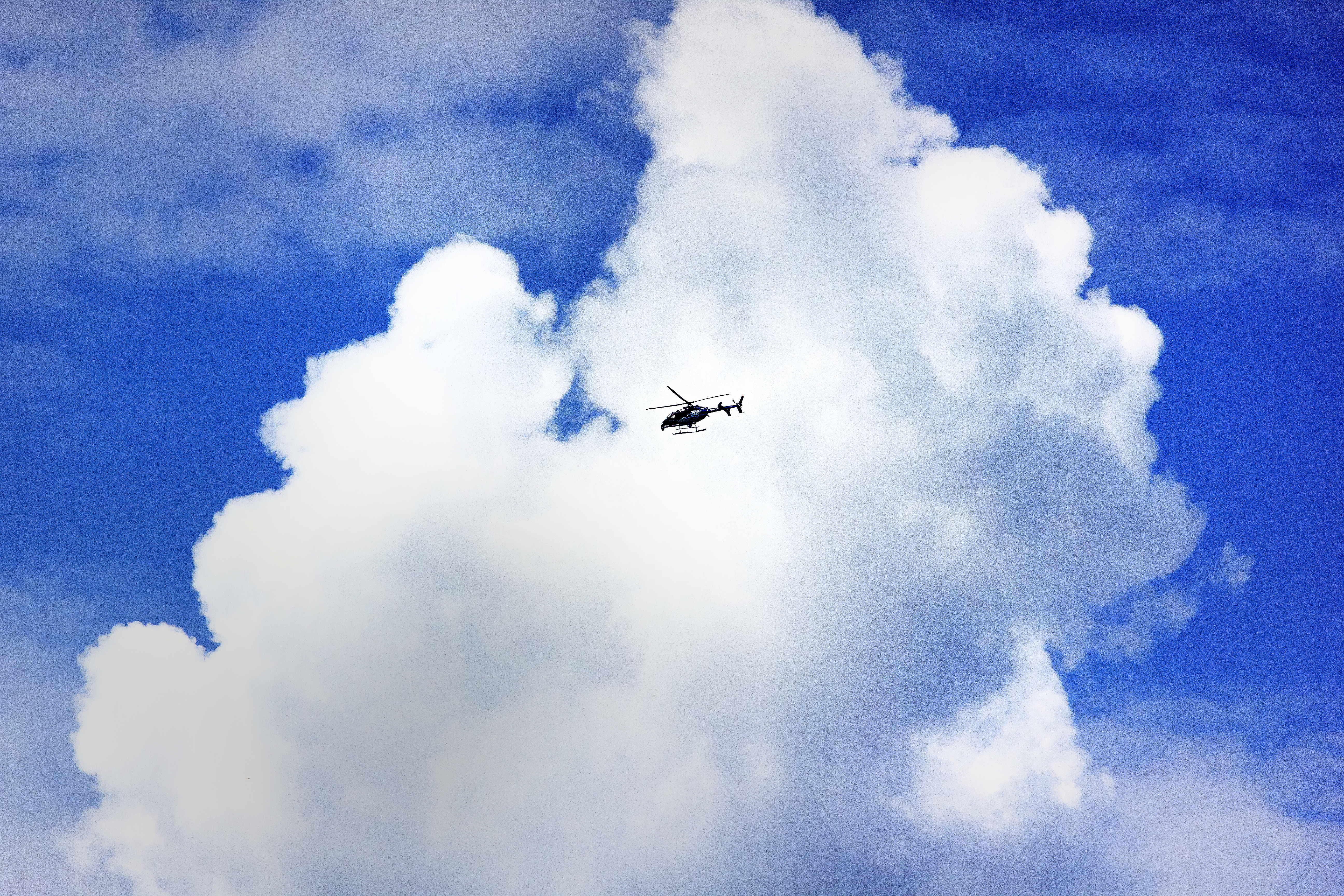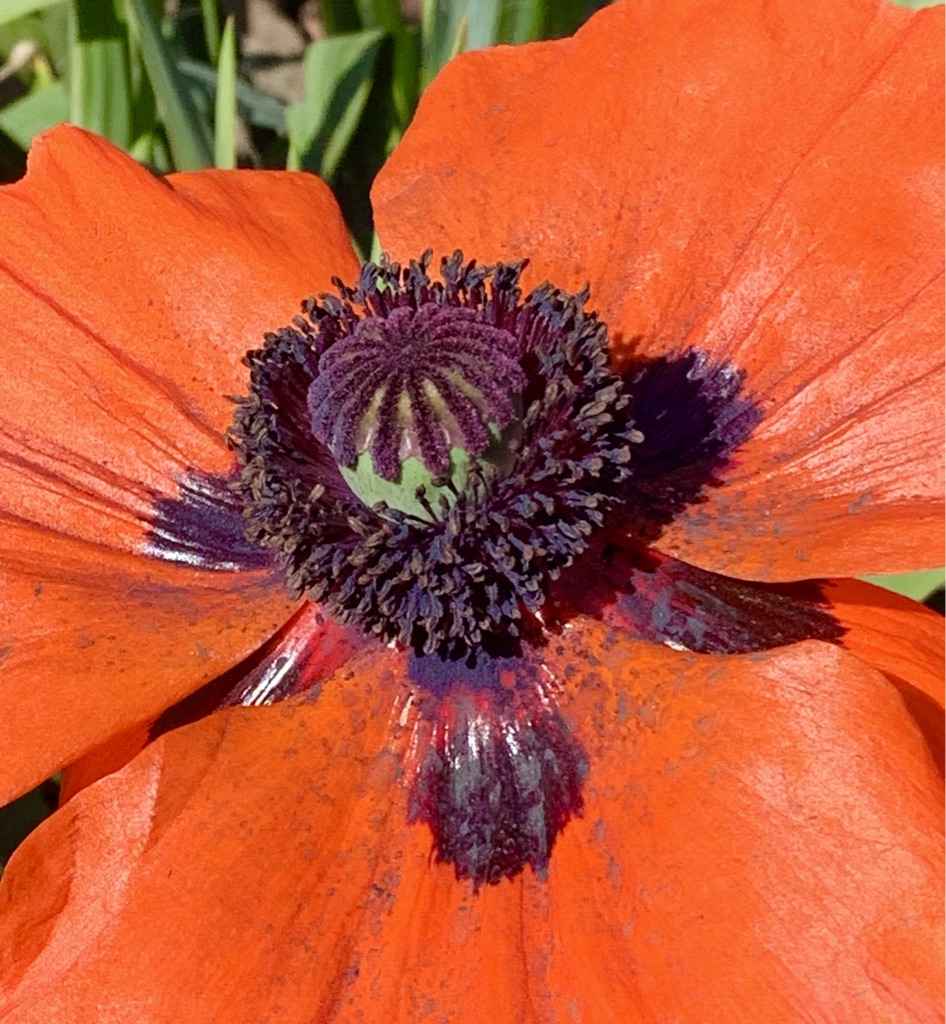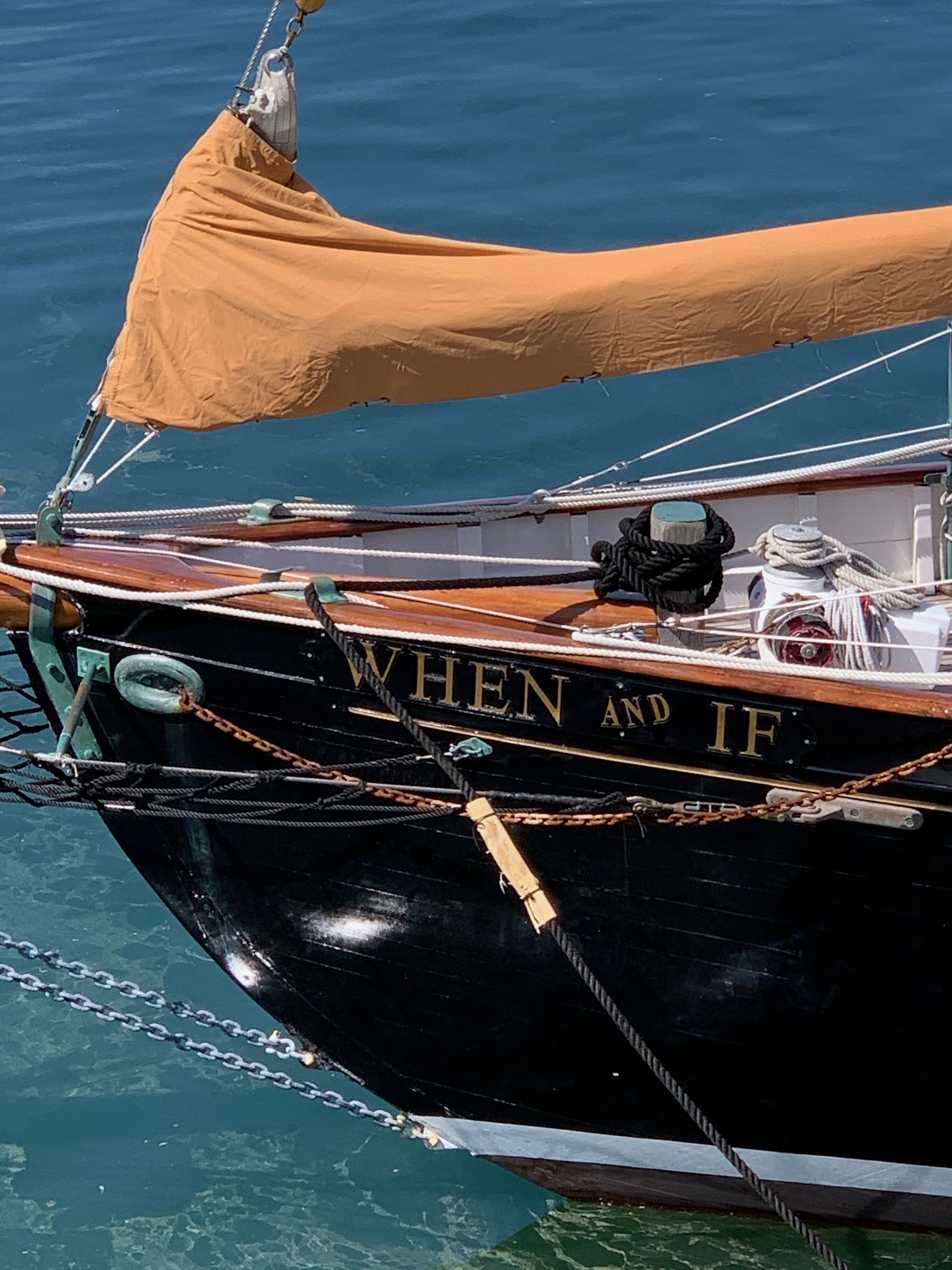
Figure 1 – General George S. Patton’s yacht the “When and If” moored in Salem Harbor, Salem, MA. (c) DE Wolf 2020.
In December 1944 the Germans launched a massive counterattack on the advancing Allied Armies, known as the Battle of the Bulge in the Ardennes Forest, thereby encircling the U.S. 101st Airborne Division at Bastogne, Belgium. General Eisenhower order the Third Army, under the command of General George Patton, to relieve Bastogne. Advance elements of the Third Army reached Bastogne on December 26. Patton’s forces continued to push the Germans back, and by the end of January 1945, the Third Army had reached the German frontier. On March 1 they took the German city of Trier. Famously Patton received a message instructing him to bypass the city because taking it would certainly require the efforts of four divisions. Patton famously replied, “Have taken Trier with two divisions. Do you want me to give it back?” Such is the legend of the sometime controversial American general known as “Old Blood and Guts“.
In 1939, before the War, Patton commissioned yacht designer John Alden to build a yacht, which he named the “When and If.” It was built by boatbuilder F.F. Pendleton in Wiscasset, Maine. Patton said that “When the war is over, and If I live through it, Bea and I are going to sail her around the world.” Tragically this never happened, because during the U.S. occupation of Germany, George Patton was on a hunting trip, when he was critically injured in a low-speed car accident. He died from his injuries on December 21, 1945.
The When and If has now been fully and gloriously restored, and I was delighted to find it moored at the Ferry Wharf this past weekend in Salem, MA. Figure 1 is an image that I took this past Friday of the ship, and Figure 2 I took this morning having discovered its ceremonial skipper taking in the sunshine onboard. “Don’t take a leak on the teak!”
Thanks to Kip Sluder for alerting me to the significance of the When and If.
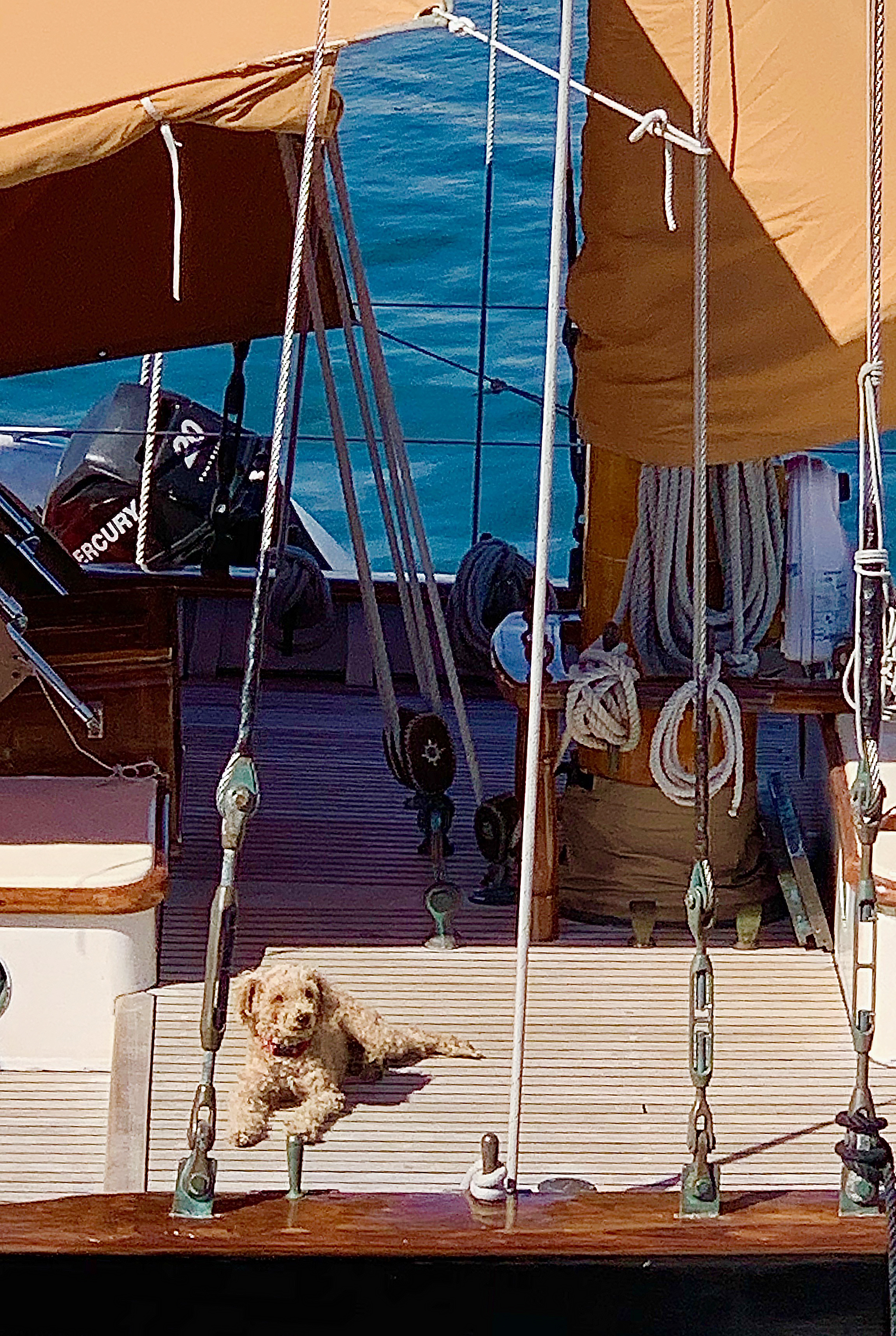
Figure 2 – Ceremonial skipper of the When and If, Salem, MA. (c) DE Wolf 2020.


